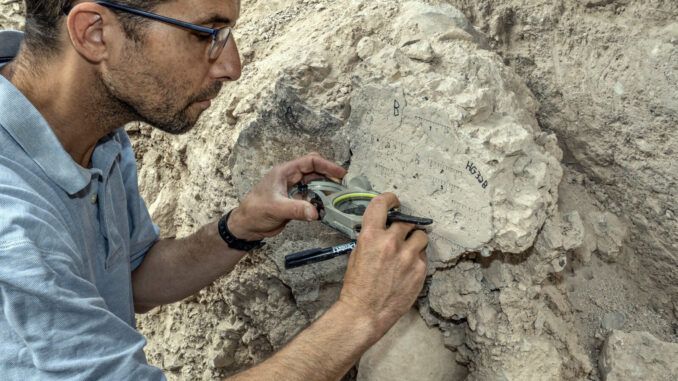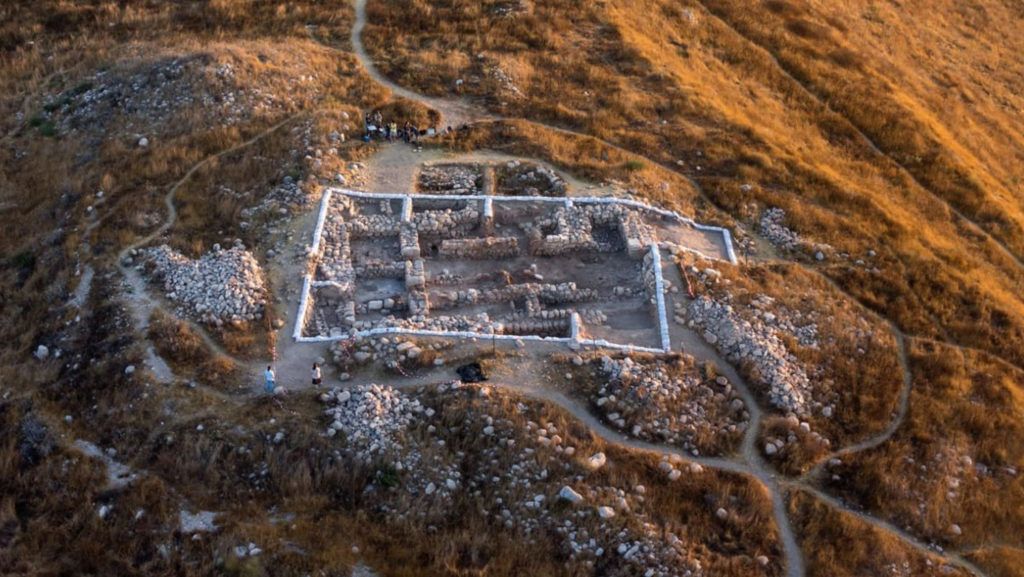
The Bible is the most studied, most written about, and most published book in history, having been translated into over 5,000 languages with an estimated 5 to 7 billion copies in existence. According to the Guinness Book of Records, 6.4 Bibles are sold every 10 seconds.
Such enduring popularity is incredible in the face of the concerted attack against the book by the mainstream media and educational institutions who have been attempting to disparage the Bible as inaccurate for decades.

BYPASS THE CENSORS
Sign up to get unfiltered news delivered straight to your inbox.
You can unsubscribe any time. By subscribing you agree to our Terms of Use
Latest Video
However, thanks to the latest scientific breakthroughs in the field of archaeology, believers can now rejoice at new evidence suggesting that many of the stories recounted in the Holy Bible are, indeed, true.
Precise radiocarbon dating of archaeological sites in the Israeli city of Jerusalem has revealed that a number of key events described in the Bible very much did take place as they are recounted in the scriptures.
These Biblical events include the settling of the holy city of Jerusalem, a major earthquake, and the city’s dramatic destruction by the Babylonians, Live Science reports.
Indy100 report: The research, published in the journal PNAS , sheds an unprecedented light on the ancient capital’s development, the study’s senior author Elisabetta Boaretto said.
She and her colleagues analysed sediment taken from former human settlements and radioactive carbon concentrations in charred seeds to determine dates between 770 and 420 BC.
Previous studies have been unable to use radiocarbon dating to accurately pinpoint times within this period, which is known as the “Hallstatt plateau.”
This may be because lower solar activity during this era produced less of the radioactive isotope carbon-14 – a form of carbon which is used in radiocarbon dating to determine when a sample originated, as Live Science notes.
The Hallstatt plateau is the principal reason why so little of Jerusalem has been radiocarbon-dated, despite the archaeological, historical and religious significance of the city.
“The archaeological record in Jerusalem was associated with times based on the Bible, or on pottery comparisons with other sites,” Boaretto said. “So it was never really absolutely dated.”
She and her team studied 103 samples of seeds and other remains collected from five sites in the City of David neighbourhood, south of the Temple Mount.
They used a combination of radiocarbon dating and what is known as “microarchaeology” – precise analytical methods – to establish the age of the sediments associated with the seeds.

They then verified these dates by comparing them to measurements of atmospheric radiocarbon from the growth rings of trees that grew between 624 and 572 BC.
They then anchored their chronology using evidence of the Babylonian destruction in 586 BC.
Their work left them with new evidence that Jerusalem was settled between the 12th and 10th centuries BC and that the city expanded westwards in the ninth century BC.
The researchers also found proof of an earthquake in the mid-eighth century BC – in the form of collapsed stones and damaged building materials – followed by a period of reconstruction.
This event was mentioned in the Bible but had never been firmly dated, as Live Science notes.
Boaretto and her colleagues also saw evidence that a period of relative economic and political stability had followed the earthquake.
However, this then came to a catastrophic end during the siege of Babylon in 586BC, which is described in both the Bible and Neo-Babylonian records.

Still, not everyone is sold on the reliability of the new findings.
Archaeologist Israel Finkelstein, a professor emeritus at Tel Aviv University who wasn’t involved in Boaretto’s study, told Live Science that many of the samples used in the study came from questionable archaeological contexts.
He insisted that samples from only one of the five sites, plus a few others could be considered reliable, while the others “provide only the earliest possible date for a given layer.”
And whilst the ability to radiocarbon-date layers during the Hallstatt plateau was a breakthrough, “this, too, is not free of difficulties,” Finkelstein stressed.
That’s because this was based on samples from a single room that contained no direct evidence of the eighth-century earthquake nor the sixth-century Babylonian destruction.
Still, he conceded: “The project of radiocarbon-dating Iron Age Jerusalem is a first step in an important mission.”


